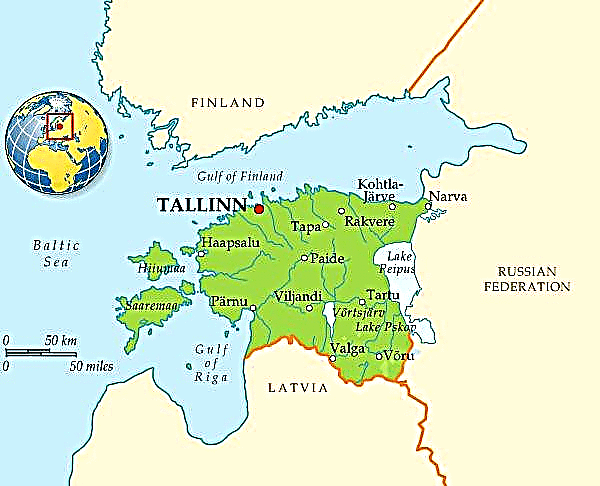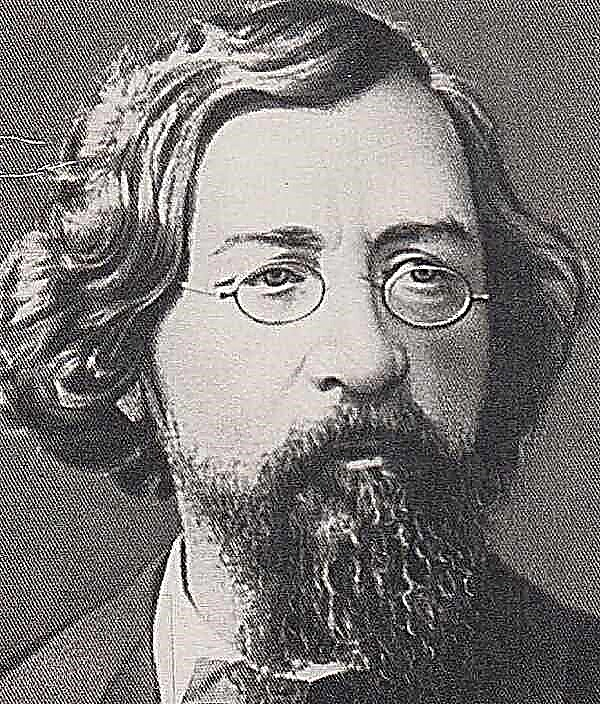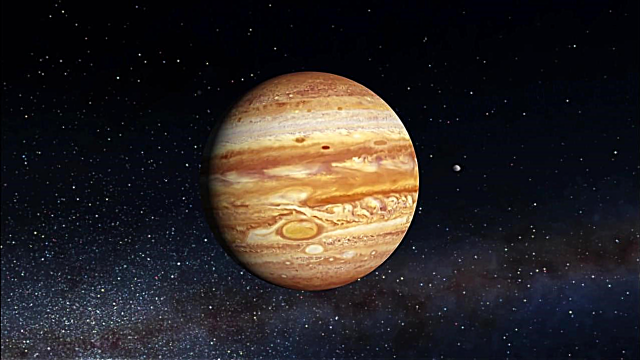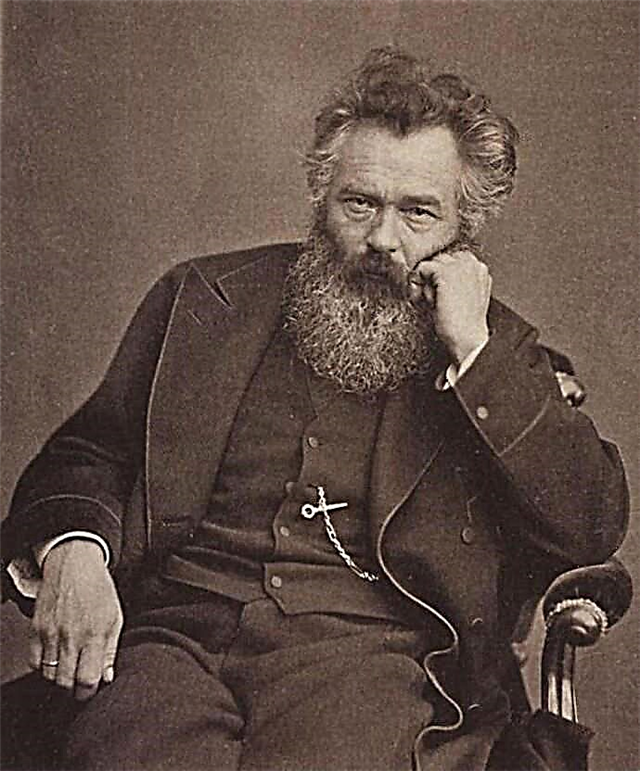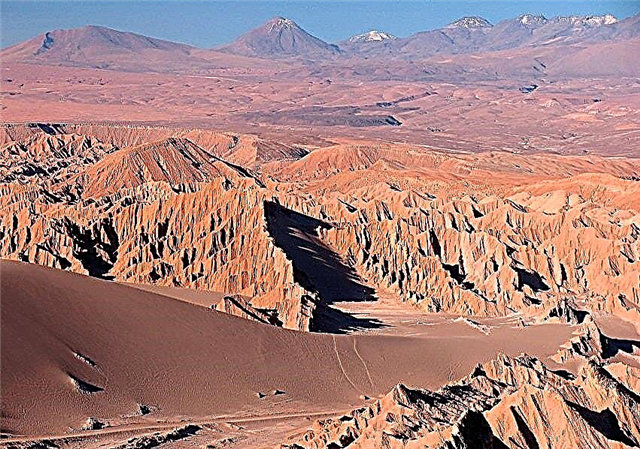One of the most amazing natural phenomena, a UNESCO World Heritage Site, is located in South Africa on the Zambezi River. The name of this phenomenon, causing delight and admiration, is Victoria Falls.
A feeling of admiration is caused not only by the cascade of water falling from a height of 120 m, then dividing into many separate streams, or converging into a single plume, similar to a monolithic wall, but also the flow of seething water along a narrow gorge, which is 13 times narrower, than the Zambezi river falling from the rocks. A stream, 1 800 m wide, rushing downward, roars into a narrow passage, which is only 140 m wide at the widest point of its vent. Further, the mouth of the gorge is compressed to 100 m and the water rushes noisily into this crevice, spitting out clouds of the smallest spray that hang in the air and rise from impacts for many hundreds of meters above the solid wall of a giant stream falling from a height. It is not the largest of the waterfalls in the world in terms of height, but in its grandeur it undoubtedly surpasses Niagara and Iguazu Falls.
Yes, not the highest, but the widest. Victoria is the only waterfall that is almost 2 km long at an altitude of just over 100 m.But the most unique is the plume of water that the waterfall throws down: it is so flat that it seems as if instead of water, a smooth transparent glass descends from a rocky summit. Plume density: 1.804 Mcfm. No other waterfall in the world can boast of such a dense plume!
In addition, crystal-diamond splashes rise above the Batoka canyon, where a narrowing gorge is located, which receives a stream of water (up to 400 meters), and they are visible at a distance of up to 60 km on a clear day.
Off the western coast of Zimbabwe, the streams of the Zambezi are divided into three parts by several islands covered with lush tropical vegetation. The eastern part of the river, which belongs to the state of Zambia, is broken by about 30 large and small rocky islands.
Zambia and Zimbabwe "own" the waterfall on equal terms, the borders of these states lie along the calm shores of the Zambezi.
The river freely carries its waters along the flat plain of the Savannah to the Indian Ocean, starting its way in black swamps and washing its bed among the soft sandy rocks. Washing islets with small trees and bushes, the river is wide and lazy until it reaches a rocky cliff, from where it plummets downward with a roar and noise. This is the watershed between the upper and middle Zambezi, the border of which is Victoria Falls.
Who Discovered Victoria Falls?
The Zambezi River got its geographical name from the Scottish explorer and missionary David Livingston. It is difficult to say who he was more - a missionary or a research scientist, but the fact remains: David Livingston was the first European who managed to walk so far along the bed of this fourth longest river in Africa, "carrying the Christian faith to the black tongues", and at the same time exploring those parts of the African continent where no white man has yet set foot. And only he owns the right to be called the discoverer of Victoria Falls.
From the local Makololo tribe, which from time immemorial set up their simple dwellings near a waterfall on the river bank, Livingston learned that in the local dialect the name of the river sounds approximately like Kzasambo-Waysi. He marked something like that on the map: "Zambezi". So the river that feeds Victoria Falls received its official name on all geographical maps.
Interesting fact
Some jets of the cascade are so small that they do not have time to return to the stream and scatter in thousands of thousands of brilliant splashes right in the air, mixing with the rainbow haze that envelops the waterfall constantly. Livingston was simply overwhelmed. The impression of Victoria Falls was probably enhanced by a rainbow that the missionary scientist saw on the falls on a moonlit night. The lucky few were able to observe this phenomenon. This happens when the high water level in the Zambezi coincides with a full moon.
A huge silvery-white moon floats in the sky, illuminating, like a ghostly lantern, the silent forest, the smooth surface of the river sparkling with white stars and the seething waterfall. And over all this hangs a multicolored rainbow, arched like a bow with a bowstring, with one end resting against the black velvet of the sky, and drowning the other in myriads of water drops.
And all this splendor is possible within only 3 days. It is impossible to guess, despite the fact that high water is kept in Zambia from January to July, but the night rainbow on the waterfall does not "indulge" at all with its frequent appearance.
Continuation of the history of the waterfall
The scientist, who discovered for himself and for the rest of the world all the unique beauty of the clear water of the Zambezi River falling from the rocks on November 17, 1855, was simply stunned.
- It's dust from the wings of angels! He whispered. And he added, like a true Briton, - God save the Queen! This is how this water cascade got its English name - Victoria Falls.
Livingston would later write in his diaries: “This is the only English name that I have ever given to any part of the African continent. But, God knows, I could not do otherwise! "
Emil Golub (Czech historian-researcher) spent several years on the banks of the Zambezi, although it took him only a few weeks to compile a detailed map of the waterfall, so attracted by the power of this waterfall. “I feed on his power! - said Emil Golub, - And I am not able to take my eyes off this force! " As a result, arriving in Victoria Falls in 1875, he did not publish his detailed plan until 1880.
British artist Thomas Baines, who arrived in Africa, intrigued by stories about yet another natural wonder, painted pictures in which he tried to convey all the unique beauty and mesmerizing power of Victoria Falls. These were the first images of Victoria Falls seen by Europeans.
Meanwhile, the waterfall had its own local names. As many as three:
- Soengo (Rainbow).
- Chongue-Weizi (Sleepless Water).
- Mozi-oa-Tunya (Smoke that thunders).

Today, the World Heritage List recognizes two equivalent names for the waterfall: Victoria Falls and Mozi-oa-Tunya.
More interesting facts
The island, from which David Livingston first had the opportunity to admire the majesty of the waterfall, today bears his name and is located in the very center of that part of the canyon top that belongs to the country of Zambia. In Zambia, a national park has been organized around Victoria Falls, bearing the "national" name - "Thundering Smoke" ("Mozi-oa-Tunya"). On the country side of Zimbabwe there is exactly the same national park, but it is called "Victoria Falls" ("Victoria Falls").
Of course, whole herds of zebras and antelopes roam the territories of these reserves, a long-necked animal giraffe walks, there are lions and rhinos, but the special pride of the parks is not fauna, but flora - the Singing Forest, which is also called the Weeping Forest.
A huge number of the smallest drops of the waterfall rise for many miles around, and water dust irrigates the trees constantly growing in the forest and "tears" continuously flow from them. If you move a little further from the abyss in order to attenuate the sound of the noise of the water and listen, you can hear a ringing, drawn-out sound, similar to the hum of a string - the forest "sings". In fact, this sound is made by the same water dust constantly hovering over the green array.
What else is worth knowing?
Of course, the waterfall itself! In addition to their unique width, the ledges of the abyss, where the water falls, are also unique, therefore they are called “falls”.
Total falls 5:
- Devil's eye... Often called "Cataract" or "Devil's Font". Its name is this natural bowl, located about 70 m from the upper edge of the abyss and about 20 sq. m. area. The narrow stone basin, formed by the fall of water, gets its name from a small island in the neighborhood, where the local pagan tribes used to make human sacrifices. The Europeans who arrived after Livingstone called this service to the black gods "devilish", hence the name of the island and the bowl. Despite the fact that now you can go down to the pool with the help of a guide (who knows exactly which descent is the safest) in order to admire the unreal view of falling water from a height of more than 100 m, the Devil's Font still reaps its pagan harvest, taking 2- 3 people a year.
- Main waterfall... By far, this is the most majestic and widest curtain of water, diving from a height at a speed of 700,000 cubic meters per minute. In some parts of it, the water does not have time to reach the Batoka gorge and, picked up by powerful winds, breaks in the air, forming thousands of thousands of small splashes, creating a dense fog. The height of the Main waterfall is about 95 m.
- Horseshoe or Dry Falls... Height 90-93 m. It is famous for the fact that in the period from October to November it dries up, and in normal times the amount of water does not shine in the literal sense of this expression.
- Rainbow waterfall... Highest of all falls - 110 m! On a clear day, the rainbow fog of billions of hanging drops is visible for several tens of kilometers, and only here on a full moon can you see a lunar rainbow.
- Eastern threshold... This is the second highest drop at 101 m. The eastern rapids are entirely on the Zambian side of Victoria Falls.
Several sites have been made so that Victoria Falls can be viewed and many magnificent photographs taken from different angles. The most popular is the Knife Blade. It is located right on the bridge over the entire waterfall, from it you can see the Eastern Rapids, the Boiling Cauldron, and the Devil's Eye.
Pictures that remain in memory after visiting Victoria Falls are in no way inferior in brightness to the impressions received when visiting this miracle of nature. And to make these pictures harder in memory, you can order a flight-excursion from a bird's eye view on a helicopter or, conversely, kayaking or canoeing.
In general, after the construction of the railway in 1905, the flow of tourists to the waterfall increased to 300 thousand people a year, however, since there is no political stability in African countries, this flow has not increased for the last 100 years.


